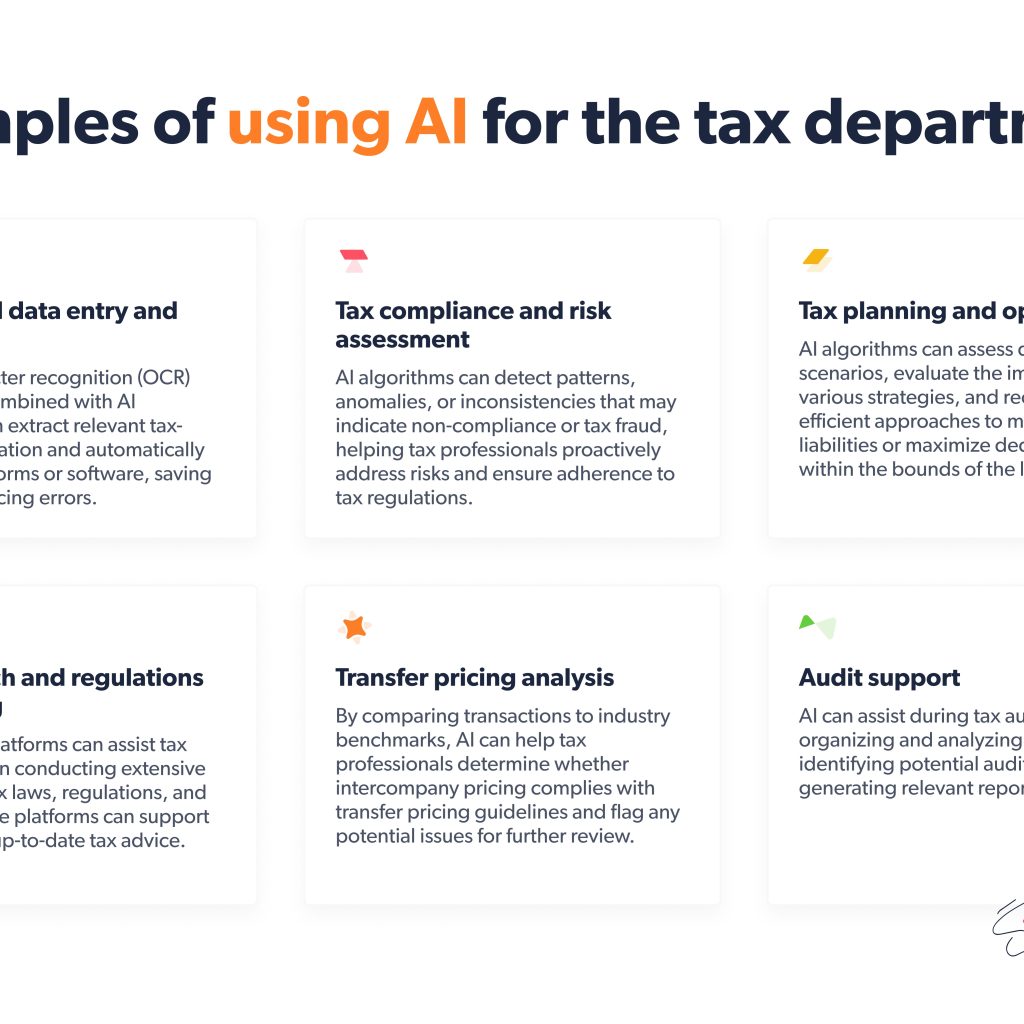In recent financial reports, tech giants Google, Meta (formerly Facebook), and Snap have showcased remarkable growth in their advertising businesses, underlining the increasing influence of artificial intelligence (AI) in reshaping the digital advertising landscape.
AI’s transformative impact on advertising
In an era of economic uncertainty, the allure of digital platforms for marketers is strengthened by the integration of artificial intelligence (AI). Google, Meta, and Snap have embraced AI-driven solutions to revolutionize the execution and optimization of advertising campaigns. Philipp Schindler, Chief Business Officer at Alphabet, Google’s parent company, emphasized AI’s role in helping advertisers efficiently reach their target audience at a lower cost.
Google’s commitment to AI is evident through its tools like Performance Max, which leverages AI to optimize marketing budget allocation across Google’s extensive ad network. Impressively, Google reported a substantial 9.5% increase in ad revenue in the third quarter, surpassing market expectations. Notably, YouTube contributed significantly, with a robust 12% growth in ad revenue.
Meta’s strategic AI investments pay off
Meta, formerly known as Facebook, reported a remarkable 31% surge in ad views compared to the previous year. While the average ad price declined by 6%, this decrease represented the slowest rate of decline in seven quarters. Meta’s forward-looking strategy involves significant investments in AI for the upcoming year. The company has been actively utilizing AI-powered marketing planning and ad measurement features to adapt to evolving privacy regulations, such as those introduced by Apple, which restrict the use of personal data for ad targeting.
Meta is also rolling out AI-driven tools designed to generate a variety of ad campaign variations. Analysts have noted that Meta’s campaign creation tools offer superior speed and user-friendliness compared to smaller competitors like Snap, potentially providing Meta with a competitive advantage.
Snap’s technological enhancements drive advertising success
Snap Inc., the parent company of Snapchat, has made significant strides in upgrading its ad-targeting capabilities with advanced technology. This effort has translated into an increase in the average revenue per user during the third quarter. Snap’s performance underscores the adaptability and resilience of tech companies in navigating shifting market dynamics.
Sustained momentum in the advertising market
Analysts remain optimistic about the continued rebound of the advertising market, particularly driven by increased spending from retail companies. Google and Meta are poised to be major beneficiaries of this resurgence, expected to capture a significant share of ad spending in the initial stages of the recovery. Their extensive reach ensures a consistent flow of advertisers, helping to mitigate the impact of geopolitical uncertainties, such as conflicts in the Middle East.
However, Susan Li, Meta’s Chief Financial Officer, has cautioned about observing a degree of “softness” in ad spending at the start of the fourth quarter, which may be related to the Israel-Gaza conflict. This underscores the sensitivity of the advertising sector to global events and highlights the importance of adaptability in navigating such challenges.
Positive projections for ad spending
Media research and investment firm Magna have revised their forecast for U.S. ad spending growth in 2023. The updated projection stands at 5.2%, up from the previous estimate of 4.2%. Furthermore, digital ad sales are anticipated to experience robust growth, with an expected increase of 9.6% during the same period. These figures underscore the enduring significance of digital advertising, driven, in large part, by advancements in AI-powered advertising technology.
In summary, Google, Meta, and Snap have harnessed the capabilities of artificial intelligence to thrive in the evolving advertising landscape. As AI redefines the digital advertising landscape, these tech giants are well-positioned to maintain their dominance and adapt to emerging challenges, setting the stage for a dynamic and competitive future in digital marketing.




